By visiting our site, you agree to our privacy policy regarding cookies, tracking statistics, etc.
Opening a new restaurant is an exciting venture, but financial planning is crucial for success. Without accurate financial projections, even the most promising establishments can struggle to stay afloat. Understanding how to forecast revenue, manage expenses, and analyze profitability will help ensure your restaurant thrives. This guide breaks down essential financial components, from break-even analysis to inventory management, to help you build a solid foundation for long-term growth.
Restaurant financial projections are an essential tool for understanding the financial viability of a new dining establishment. These forecasts encompass estimated revenue, expenses, and profits, providing a roadmap for sustainable growth. By developing well-researched projections, restaurant owners can attract investors, secure loans, and ensure long-term profitability.
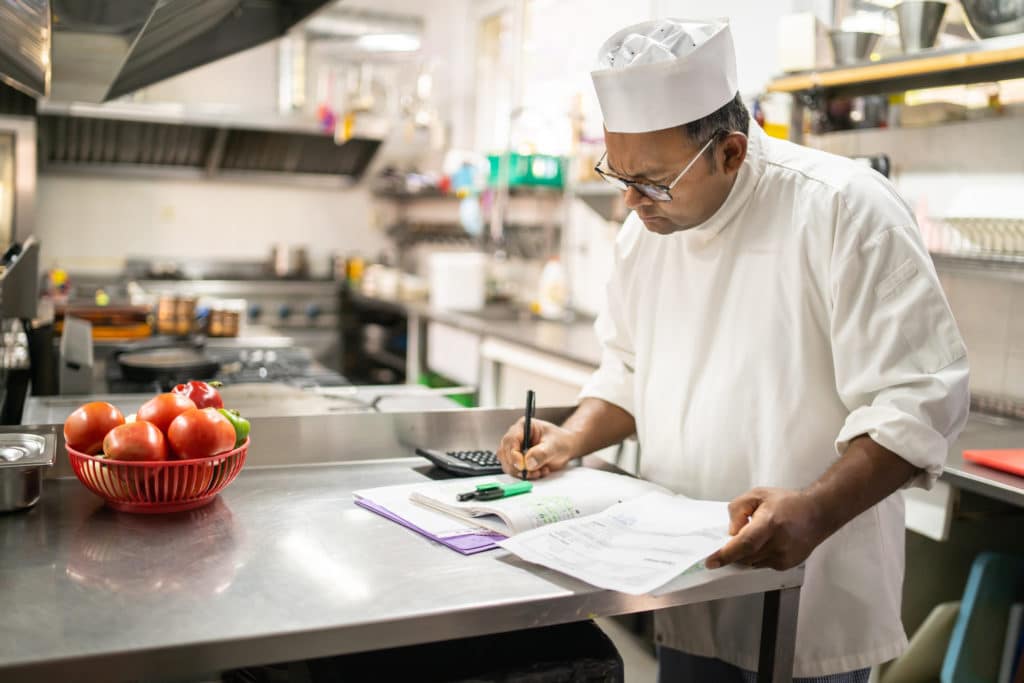
Before opening a restaurant, it is crucial to determine whether the business will generate enough revenue to cover expenses and ultimately turn a profit. This requires a thorough analysis of projected costs and income streams. Understanding break-even points, revenue targets, and potential market fluctuations helps in making informed financial decisions.
A break-even analysis identifies the point at which total revenue equals total expenses, meaning no profit or loss is incurred. To calculate this, divide fixed costs by the contribution margin (sales price per unit minus variable costs per unit). This insight allows restaurant owners to set realistic pricing strategies and sales goals to ensure profitability.
Developing financial projections involves forecasting revenue, estimating expenses, and predicting cash flow. Start by assessing the target market, analyzing industry trends, and determining average customer spend. Break expenses into categories such as labor, rent, utilities, and food costs to create a comprehensive financial plan.

An investment plan outlines how much capital is required to launch and sustain operations. It includes start-up costs, funding sources, and expected returns on investment. Investors and lenders scrutinize these details to gauge the financial viability of the restaurant, making accuracy and thorough research paramount.
A projected profit and loss (P&L) statement estimates revenue, costs, and profitability over a given period, typically monthly or annually. This document helps restaurant owners monitor financial health, adjust pricing strategies, and manage expenses effectively.
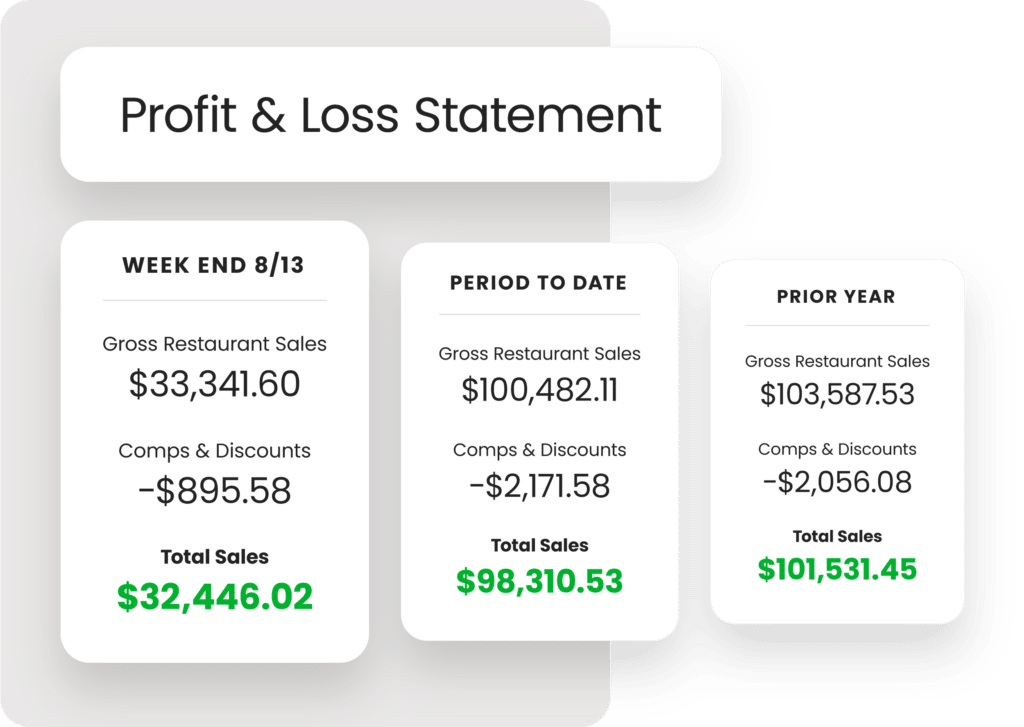
Revenue projections should be based on factors such as location, foot traffic, target demographics, and market demand. Analyze competitor sales, industry benchmarks, and seasonality to create accurate forecasts. Consider different scenarios, including best-case and worst-case revenue expectations.
Refining financial projections is an ongoing process. Regularly update forecasts based on actual performance, market changes, and economic conditions. Adjust for variations in customer behavior, supplier pricing, and seasonal trends to maintain realistic expectations.
Consistency in financial planning prevents discrepancies that can lead to cash flow issues. Align budgeting, purchasing, and pricing strategies across all restaurant operations to maintain financial stability. Standardized reporting ensures better decision-making and operational efficiency.
Data-driven scheduling optimizes labor costs by analyzing historical sales trends, peak hours, and seasonal variations. Implementing technology to automate scheduling ensures proper staffing levels without overspending on unnecessary labor expenses.
Accurate accounting practices are crucial for maintaining financial health. Utilize accounting software to track income, expenses, and cash flow. Automating bookkeeping minimizes errors, ensures compliance with tax regulations, and provides real-time financial insights.
Effective inventory management reduces waste and enhances profitability. Implementing inventory tracking systems helps monitor stock levels, prevent over-ordering, and minimize spoilage. Properly managing food and beverage costs leads to improved margins and cost savings.
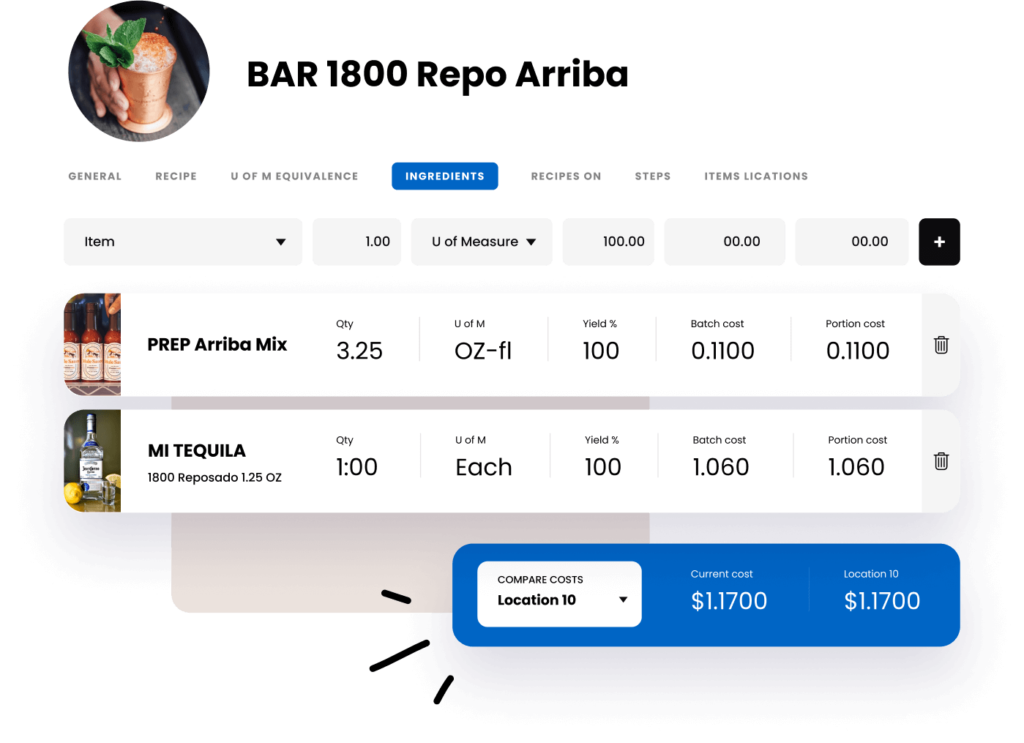
The cost of goods sold (COGS) includes all ingredients and raw materials required for food and beverage preparation. Accurately calculating COGS is essential for pricing menu items profitably.
Operating expenses include utilities, marketing, insurance, and other overhead costs. A clear understanding of these expenses ensures efficient budget allocation.
Food costs typically account for 25-35% of total revenue. Proper portion control, supplier negotiations, and menu engineering help manage these expenses effectively.
Rent, property taxes, and maintenance costs fall under occupancy expenses. These fixed costs must be carefully factored into financial projections to ensure sustainability.
Labor costs, including wages, salaries, and benefits, are a major expense in the restaurant industry. Scheduling optimization and staff cross-training can help manage labor expenditures effectively.
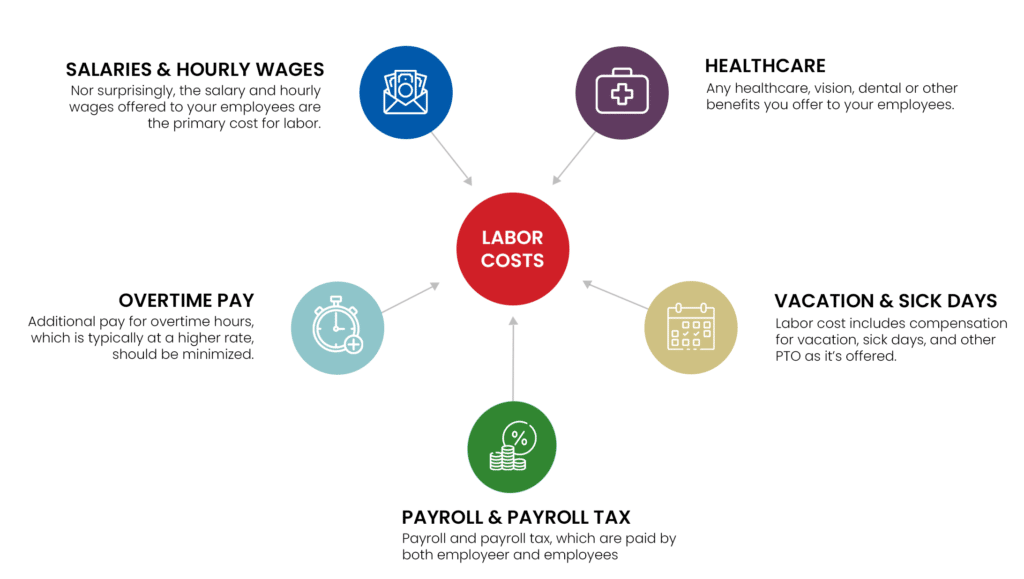
Restaurant365 is a comprehensive software solution designed to streamline restaurant financial management. This cloud-based platform integrates accounting, inventory management, payroll processing, and sales analytics into a single system, making it a powerful tool for restaurant owners.
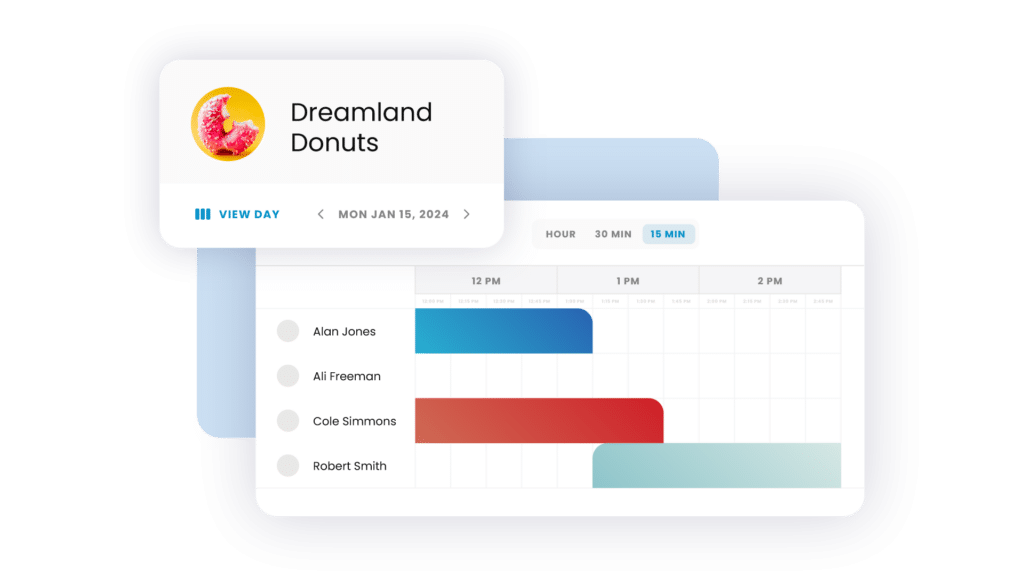
By leveraging Restaurant365, restaurant owners can make data-driven decisions, improve financial accuracy, and enhance overall operational efficiency. Investing in a robust financial software solution like this can make the difference between a struggling business and a thriving restaurant.
“With Restaurant365, we can give our operators access to live P&Ls that provide the transparency they need. They can drill down into the details they need to better manage expenses, without having to pick up the phone and call my office. They can easily compare their expenses to earlier periods at their own store, or to our other Jimmy John’s locations in their vicinity.”
Robert Madsen, Chief Financial Officer
D&D Management Enterprise
Blog Menu
See why more than 40,000 restaurants use Restaurant365
Creating financial projections for a new restaurant requires meticulous planning, market research, and strategic forecasting. By understanding revenue potential, managing expenses, and utilizing technology, restaurant owners can ensure financial stability and long-term success. Regularly updating financial models and leveraging data-driven insights will help navigate the challenges of the industry and maximize profitability.
Share this blog:
See why more than 40,000 restaurants use Restaurant365
500 Technology Drive, Suite 200
Irvine, CA 92618
Westech 360
8911 N Capital of Texas Hwy
Building 1, Suite 1200
Austin, TX 78759
Restaurant365 bridges the gap between accounting and operations by centralizing all data, helping restaurant operators to become more efficient, accurately forecast, and tackle any challenge or opportunity with speed and accuracy.